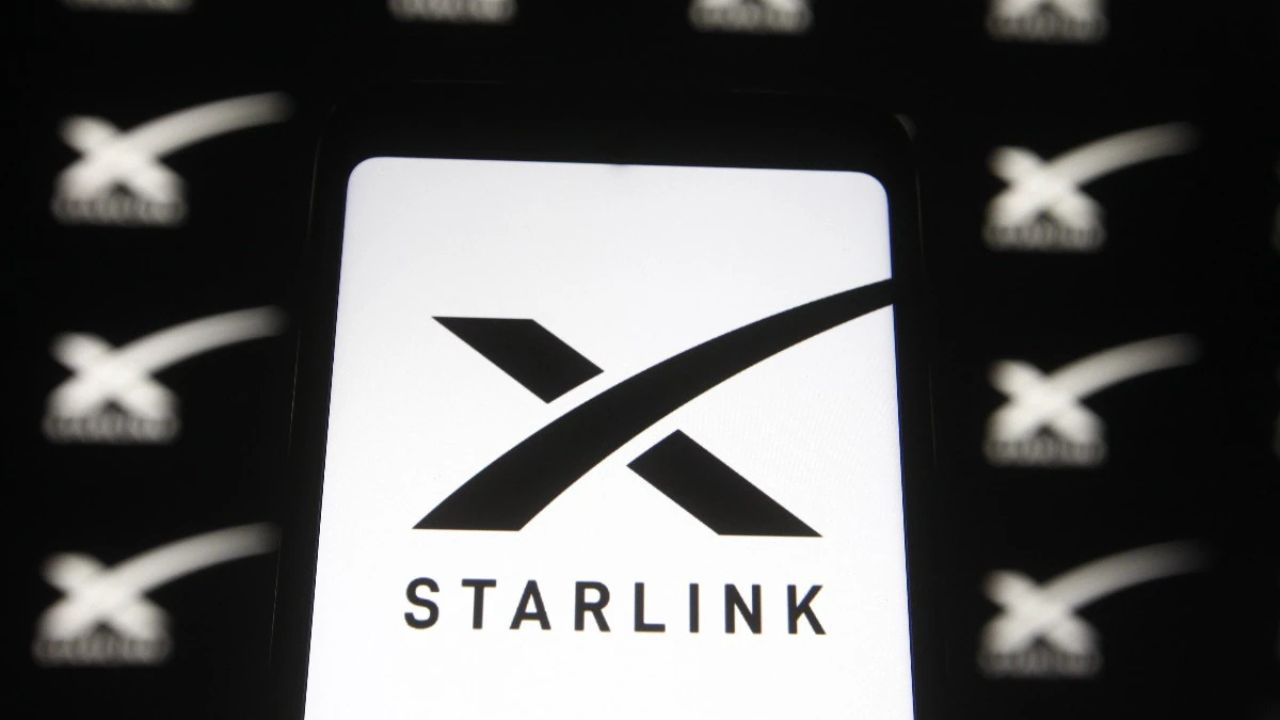While Starlink’s entry into India is creating buzz, what’s even more remarkable is the technological leap the company is quietly preparing behind the scenes. Elon Musk’s satellite internet company is working on next-generation satellites that promise unprecedented data speeds. Reports suggest that these future satellites may offer download speeds of up to 1 terabit per second (Tbps) and upload speeds of around 200 gigabits per second (Gbps). This marks a nearly tenfold increase in downlink capability and a staggering 24-times improvement in uplink performance compared to the current generation.
Also Read: Made in India Chip Coming Soon: Big Tech Leap in 2025
Beyond Gen-2: The Real Game-Changer
Although Starlink’s second-generation satellites are already a notable improvement, it’s the third generation that could redefine global connectivity standards. These advanced satellites are still in the pipeline but are expected to push the boundaries of what satellite internet can offer. With such speeds, Starlink isn’t just upgrading internet performance—it’s attempting to future-proof it.
India Finally Says Yes—With Conditions
Starlink has been active in over 100 countries for quite some time. Now, India is finally opening its doors. The Indian government has given preliminary approvals for Starlink’s operations, though the services aren’t live yet due to pending spectrum allocations. Once spectrum-related hurdles are cleared, Starlink will be ready to launch its services in the country.
Also Read: Tata Electronics Signs MoU with Bosch to Boost Semiconductor Manufacturing & Packaging in India
Connecting the Unconnected
The significance of Starlink’s launch in India goes beyond just internet speeds. In a country where vast rural and remote areas still lack reliable fiber connectivity, satellite internet could be a game-changer. Deploying fiber in hilly or extremely remote regions is often impractical due to logistical and environmental challenges. Starlink’s low-Earth orbit (LEO) satellites offer a compelling alternative, potentially closing the digital divide that has long held back rural development.
Price Sensitivity Will Be Critical
However, despite its impressive capabilities, one major challenge remains—affordability. The success of Starlink in India, especially in underserved areas, will depend heavily on how the company prices its plans. To make a meaningful impact, Starlink will need to find a pricing model that balances profitability with accessibility.




